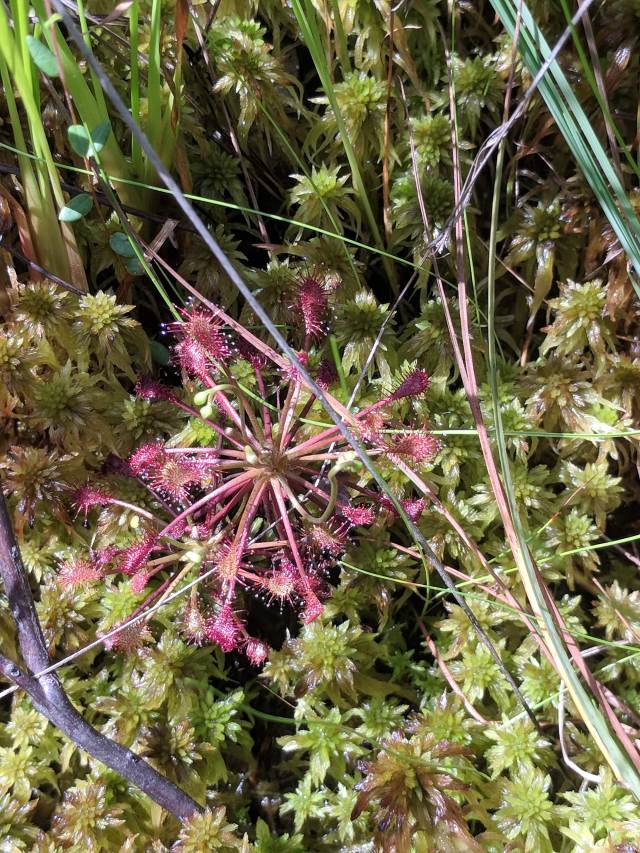As you may have noticed, I have been largely slacking with my blog posts. It has been a busy summer with classes, life, and work, so this has more-or-less been pushed to the back burner. I have tried to be much more active on the Facebook page to make up for my lack of posts here. And although I should be finishing up some end-of-summer-term assignments, I have decided to take a short break to share some photos of what I have been up to. You may recognize some of them from Facebook, but I wanted to fill you in on the behind the scenes of those photos.
For my Great Lakes class this semester, my main project has allowed me to spend a lot of time in Theodore Marsh, in Crest Hill, Illinois. Before this project I had not visited the marsh, which is just sad, because it is wonderful! You may be thinking about the negatives of hanging out in a marsh – mainly the insects – and while there are mosquitoes and flies around, there is far more beauty to be found. Just be sure to bring the bug spray when you visit, and you should!
For the field trip portions of my Great Lakes class, I was able to see some AMAZING nature as well! I have not been to the Indiana Dunes since I was a child, but I was there just a few weeks ago, and was able to spend time in a bog, which is a habitat I have had no previous experience with. Pinhook Bog was the stop on our trip, which is a fascinating habitat with filled with equally fascinating species of plants and animals. The bog was formed over 15,000 years ago when a massive chunk of a retreating glacier broke off and fell to the ground. As the glacier chunk melted, it first became a kettle lake, which eventually became covered with sphagnum moss to become Pinhook Bog.
While at the bog, I was able to check two plants off my bucket (and life) list! Did you know the Chicagoland area has carnivorous plants? Pitcher plants and sundew plants have been high on my list of plant species to see.
Pitcher plants (Sarracenia purpurea) use their coloration to attract their prey (usually insects), which then becomes trapped by their hairs on their leaves, which point downward, towards their pitcher. The pitcher collects rainwater, and excretes digestive chemicals, which gets to work as soon as their prey falls in. The plant then absorbs the leftover nutrients.

This was the plant I was most excited to see! Downy Sundew (Drosera rotundifolia) is an incredible little plant – and by little, I MEAN little! I did not expect it to be as small as it was. For reference, the heads of the sundew were about the size of a fingernail, sometimes smaller. I would have missed them entirely had I not known they were there. The small hairs on the end of those heads are a bit more like tentacles and are covered in a sweet, sticky substance that lures in its prey. Once they prey has landed, it will find that there is no escape from the stickiness, and at that point, the sundew will curl around it and being secreting its digestive enzymes.
Hopefully, you found these plants as exciting as I did. Not only is it incredible that we have two* carnivorous plants in the Chicagoland area, but you can go see them for yourself if you visit the Indiana Dunes! The bog is restricted access, so you will only be able to visit with approval and a ranger as a guide, but it is very worth it! Here is the website to plan your trip – I highly recommend you check it out!
My summer term is just about done, so my next post should be much sooner than this one was. If you have a topic you want to know more about, let me know in the comments or on Facebook! I would love to hear from you! Until then, I bid you a fond, farewell.
Yours in nature,
Lisa
*There were actually three different carnivorous plants in the bog, but I did not have photos of it, so I am not describing it here.









